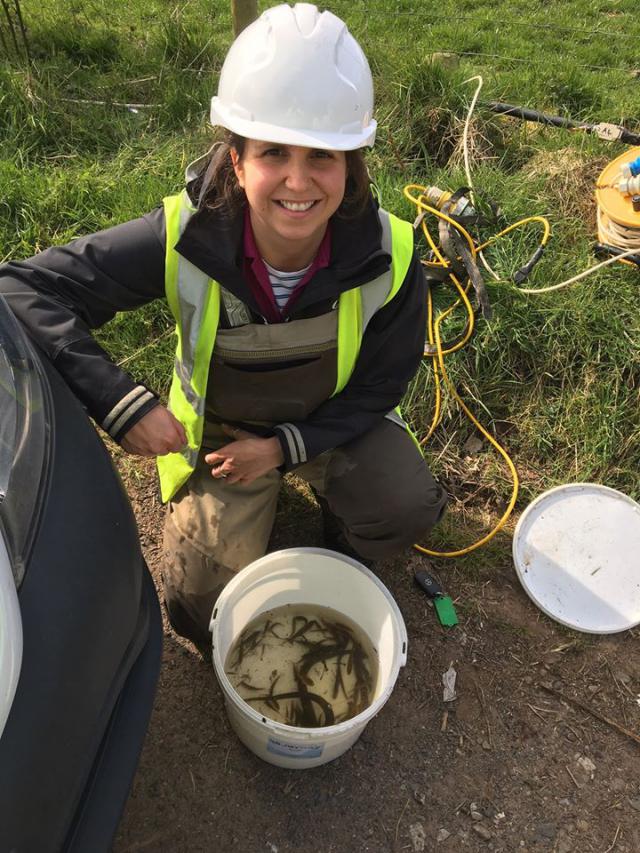Latest News
Exciting discovery in the Polmaddy Burn
GFT record first juvenile salmon within the Polmaddy Burn in over 25 years of juvenile fish data collection on the Kirkcudbrightshire Dee
Dan's second month as the GFT intern
Hello, Dan here again. Since my last blog I have been getting involved with a number of new things such as crayfish surveys, leading volunteers on habitat restoration works and helping to supervise works on the Black Water of Dee.
GFT new intern blog- by Dan Pollard
My name is Daniel Pollard and I am delighted to say that I am the new intern at Galloway Fisheries Trust.

